Cloud 9 Sports Center by MAD Architects
aasarchitecture
MAY 9, 2024
Shijiazhuang, a city with a history rooted in early 20th-century railway construction, is undergoing a significant transformation. Image © MAD Architects The center’s design integrated several features early in the process to enhance both its functionality and environmental sustainability. Source by MAD Architects.

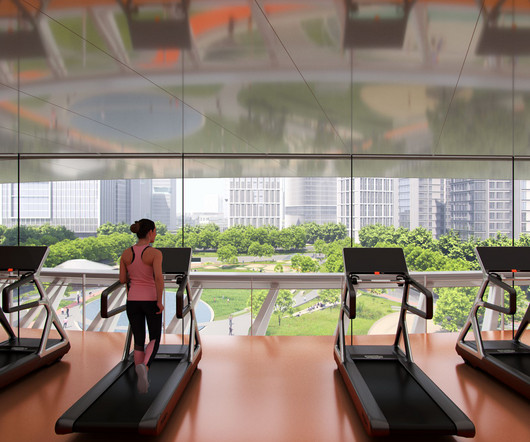
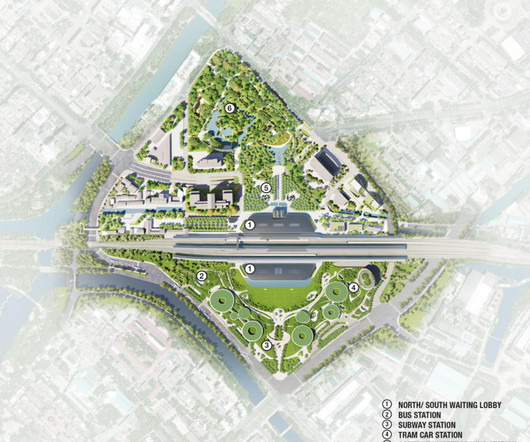
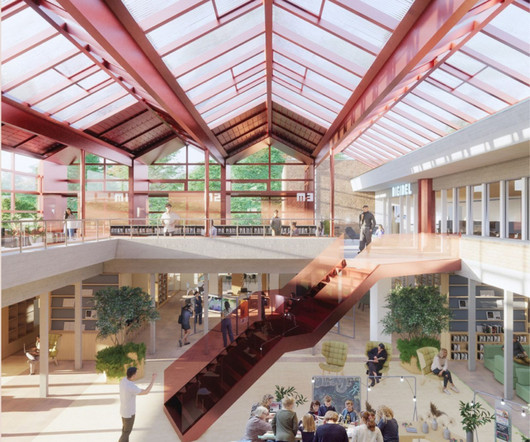
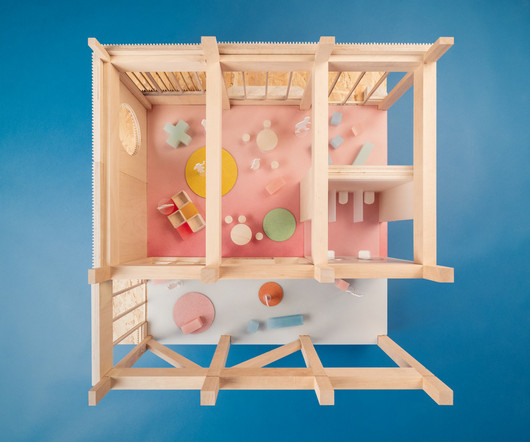
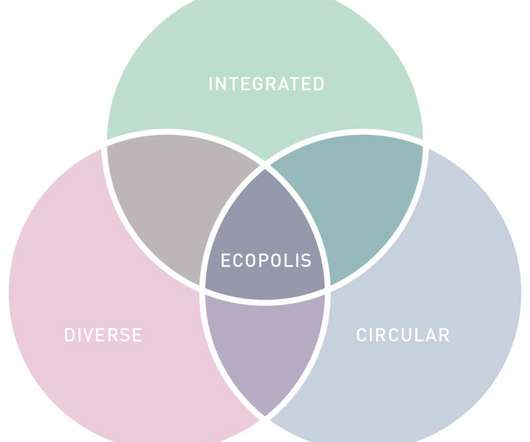
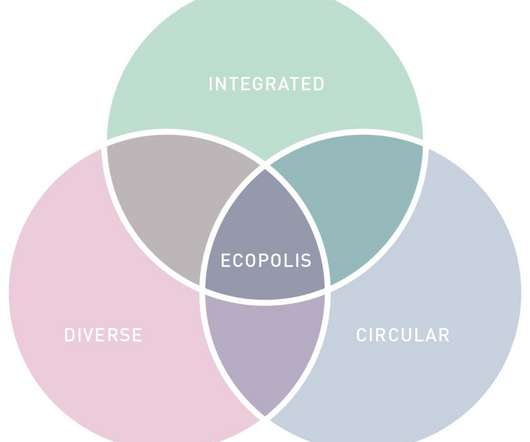
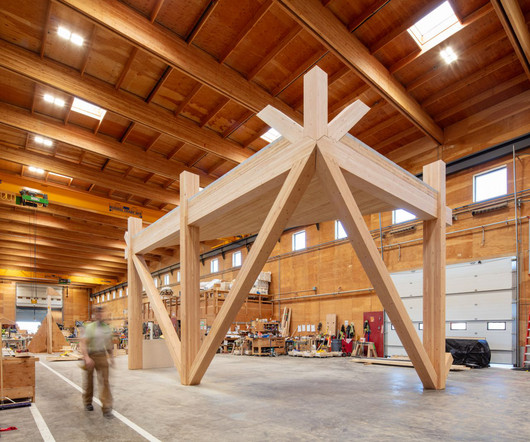






Let's personalize your content